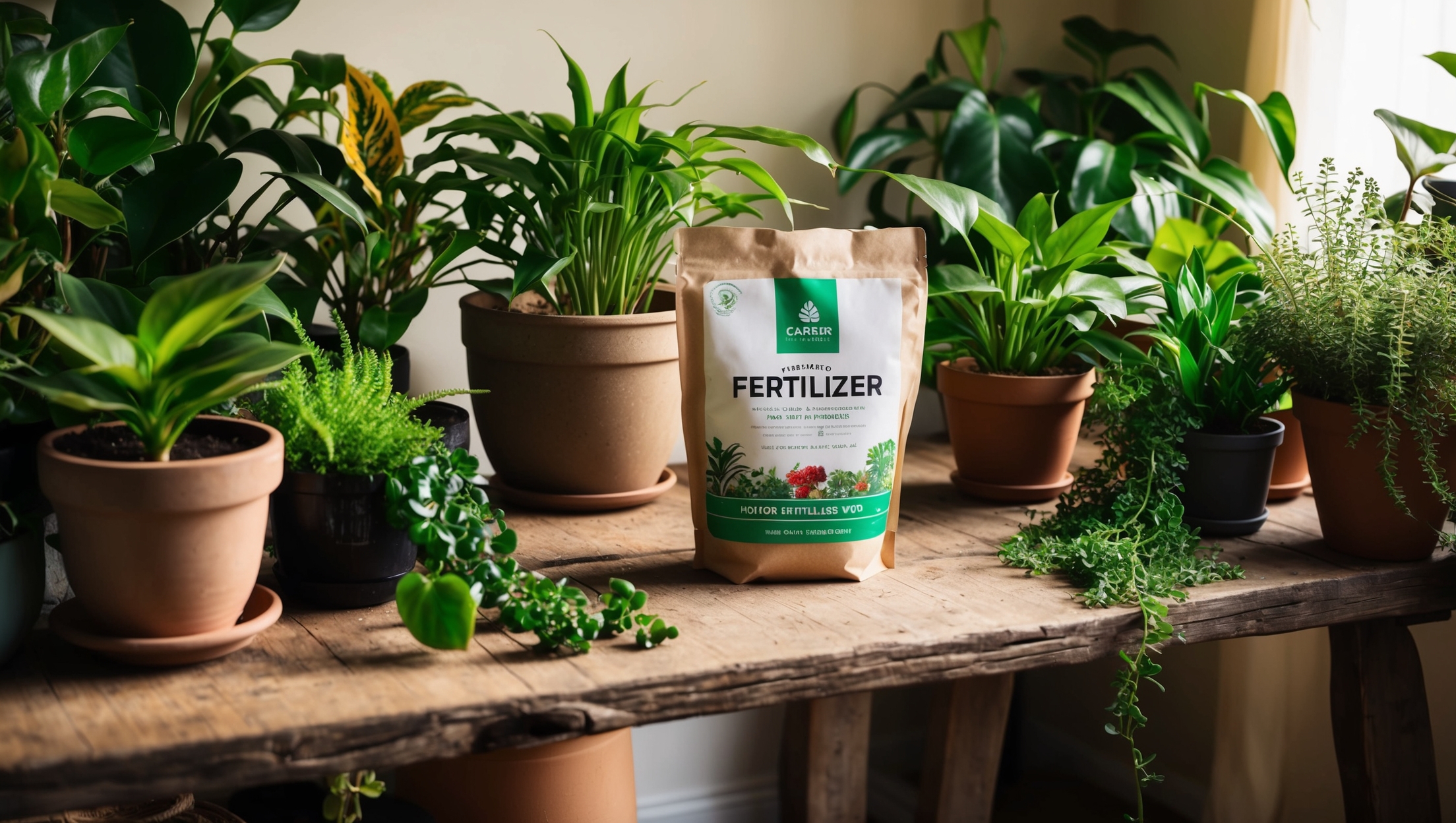The Secret to Thriving Houseplants: Fertilizing Tips and Tricks
Ah, houseplants! Those delightful green buddies that turn a boring room into a vibrant oasis. But, like all friendships, they need a little TLC to thrive, and that’s where fertilizing comes in. Don’t worry if you’re feeling a bit overwhelmed by all the fertilizing advice out there. I’m here to guide you through the jungle (pun intended) with some tips and a dash of humor.
Why Bother with Fertilizer?
Imagine you’re a plant, living in the wild. You have access to all the nutrients your little heart desires from the rich soil and rainwater around you. Fast forward to life indoors: it’s cozy, but nutrient-rich soil isn’t always guaranteed. Enter fertilizer—your plant’s best friend that keeps its soil nutrient-packed and its leaves looking fresh and lush.
When your houseplants first arrive, they might seem like they’ve just returned from a spa retreat. But over time, they’ll soak up all the soil’s goodness through their roots, usually within 4-6 months. Once they’ve had their fill, it’s time to refresh the soil with new potting mix and some fertilizing love.
When to Fertilize: Timing is Key!
So, you’re ready to dive into the world of fertilizers, but when’s the best time to start? Most houseplants come with a slow-release fertilizer already mixed in, so hold off for 2-3 months after bringing them home. This gives them time to settle in without the risk of over-fertilizing.
Fertilizing typically happens between March and September, aligning with the spring and summer growth spurt. Think of it as your plant’s growth party season. Winter, however, is a time of rest, and fertilizing during this dormant period might give your plant an unwelcome jolt. That said, if your home is warm and you’re using grow lights, a touch of winter fertilizing could still be on the table.
The Fertilizing Formula
Here’s where the magic happens. A mix of peat-free soil, orchid bark, and perlite or pumice provides a solid foundation. Add a vegan or fortifying fertilizer once a month during the growing season. Aim for one with 13 essential nutrients, including the classic N-P-K trio: Nitrogen, Phosphorus, and Potassium. These elements are like the plant’s morning coffee—essential for energy and growth.

Natural Fertilizers: The Eco-Friendly Way
If you’re a newbie or just love the idea of reducing kitchen waste, natural fertilizers are a fantastic option. Eggshells, banana peels, and coffee grounds aren’t just for the compost heap—they’re natural powerhouses that can be used year-round without fear of fertilizer burn.
Starting with natural options allows you to ease into the world of fertilizing, gaining confidence before you venture into the realm of chemical fertilizers. Plus, it’s a great way to give back to your plants and the planet.
Personalized Plant Care
Each plant is unique and has its own fertilizing needs. A little research can go a long way in ensuring your individual plant buddies are getting the care they crave. While once-a-month fertilizing is a good rule of thumb, some plants might be hungrier while others prefer a more relaxed dining schedule.

Final Thoughts: Keep It Light and Leafy
Fertilizing doesn’t have to be an intimidating chore. Think of it as nurturing a green relationship—understanding your plant’s needs and providing the right nutrients at the right time. With a little patience and experimentation, you’ll soon have an indoor jungle that’s the envy of all your plant-loving friends.
Remember, like a good cup of coffee, it’s all about balance. Too much, and your plant might get a little jittery; too little, and it might be left feeling sluggish. So, go forth, experiment, and watch your green companions thrive!

And with that, I wish you a happy and fruitful journey in fertilizing your indoor garden! May your plants be ever lush and your thumbs ever green.